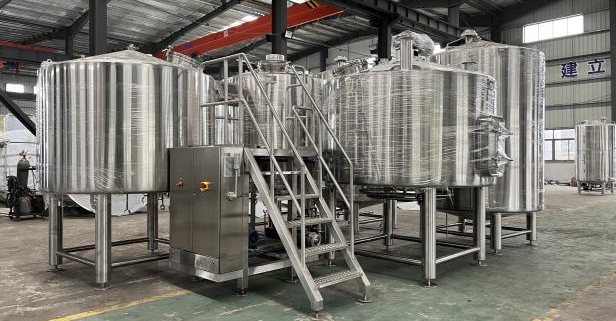Top 10 Cheap Brewing Equipment Options
Why Choose Cheap Brewing Equipment?
Brewing doesn’t have to mean investing in top-of-the-line gear. Here’s why affordable equipment is a smart choice:
- Lower Initial Investment: Brewing is a hobby, and like any hobby, it’s wise to test the waters before committing a lot of money. Cheap brewing equipment lets you start brewing without financial stress.
- Beginner-Friendly: Affordable options often simplify the brewing process, making them ideal for beginners still learning the craft.
- Customizability: Starting with a basic setup allows you to upgrade and customize your gear as you grow more confident in your brewing skills.
- Accessibility: Cheap equipment is widely available online and in stores, making it easy to find what you need without lengthy searches.
- Same Great Results: With proper technique, inexpensive equipment can produce beer just as delicious as high-end setups. The secret is in the process, not the price tag!
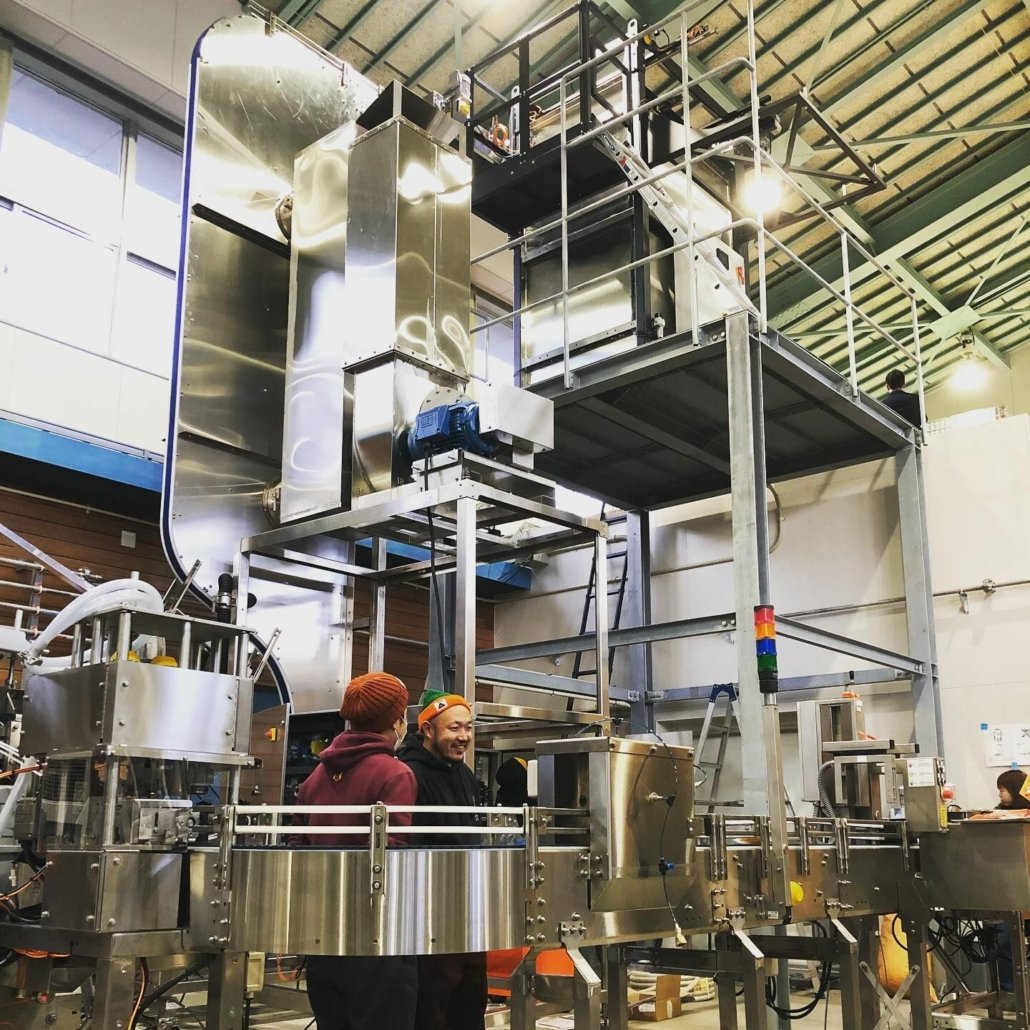
Essential Equipment List for Cheap Brewing
Here’s a breakdown of the essential items you’ll need to start brewing at home without overspending:
- Fermenter: A basic food-grade plastic bucket with a lid works perfectly. Ensure it has an airlock hole to release CO2 during fermentation.
- Brew Kettle: A large stainless steel or aluminum pot (at least 5 gallons) will do the trick. These are often available secondhand.
- Airlock and Bung: These simple tools let gases escape from your fermenter while keeping air and contaminants out.
- Hydrometer: An inexpensive yet vital tool to measure the specific gravity of your brew and monitor fermentation progress.
- Sanitizer: Cleanliness is crucial in brewing. Look for affordable sanitizers like no-rinse options to save both time and money.
- Bottling Equipment: This includes bottles (recycled glass bottles work great), caps, and a capper. You’ll also need a bottling wand for easy filling.
- Siphon or Racking Cane: Use these to transfer your beer between containers without disturbing sediment.
- Thermometer: Monitoring your brewing temperature is key, and a simple digital thermometer is inexpensive and effective.
- Brewing Ingredients: Buy malt extract, hops, yeast, and optional flavorings in bulk for cost savings.
Each of these items is readily available, and with a bit of creativity, you can even repurpose household items to suit your brewing needs.
How to Find Cheap Brewing Equipment
Finding affordable brewing equipment is easier than you might think if you know where to look. Here are some tips to get started:
- Search Online Marketplaces: Websites like eBay, Craigslist, and Facebook Marketplace often feature used brewing equipment at a fraction of the cost.
- Shop Local: Visit thrift stores, garage sales, or community marketplaces. You might stumble upon hidden gems like pots, buckets, or glass carboys.
- Look for Discounts and Sales: Keep an eye on brewing supply websites and local homebrew shops for seasonal discounts, clearance sales, or bulk deals.
- Join Homebrewing Communities: Many enthusiasts sell or trade gear they no longer use. Forums and social media groups are great places to connect.
- DIY Options: Consider making your own equipment. For example, you can drill a hole in a plastic bucket to create a fermenter or repurpose an old cooler as a mash tun.
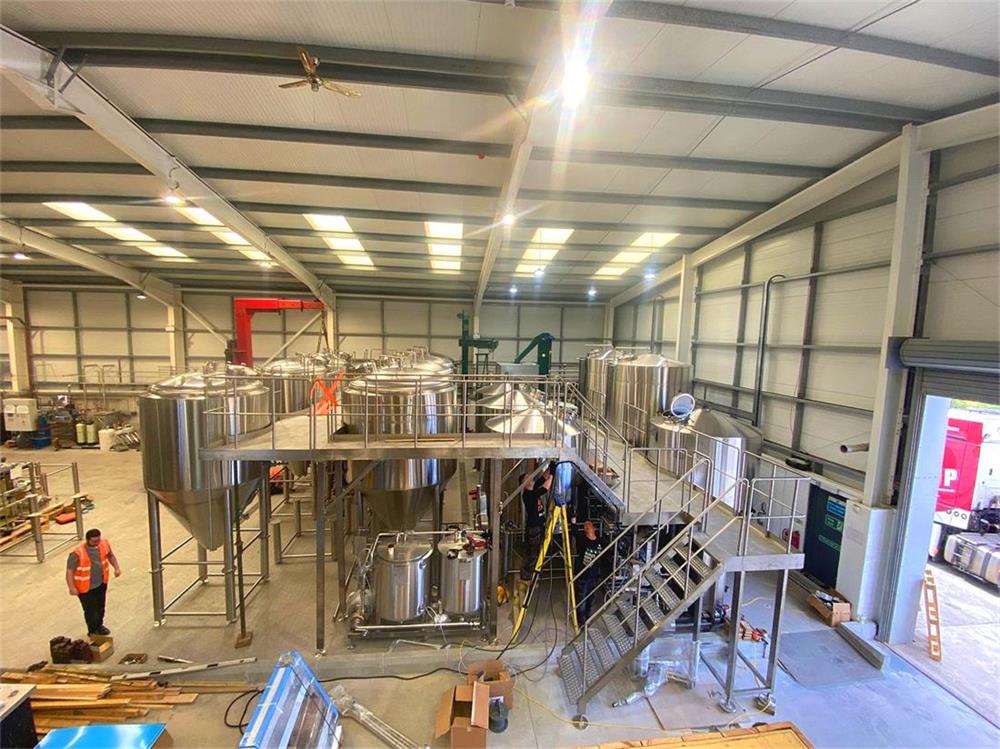
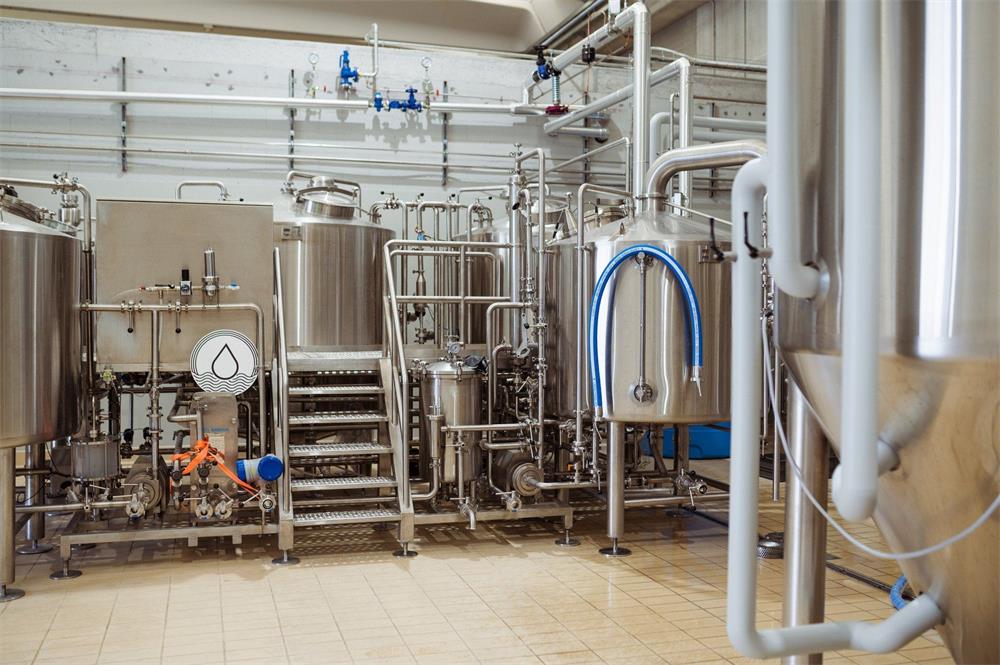

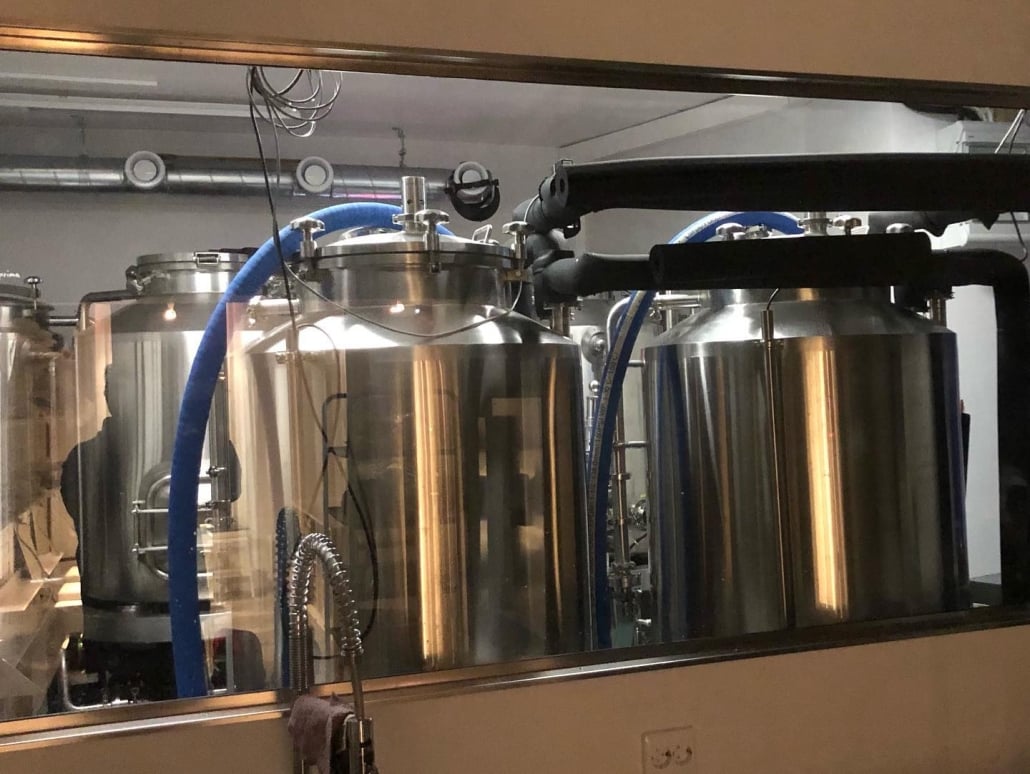
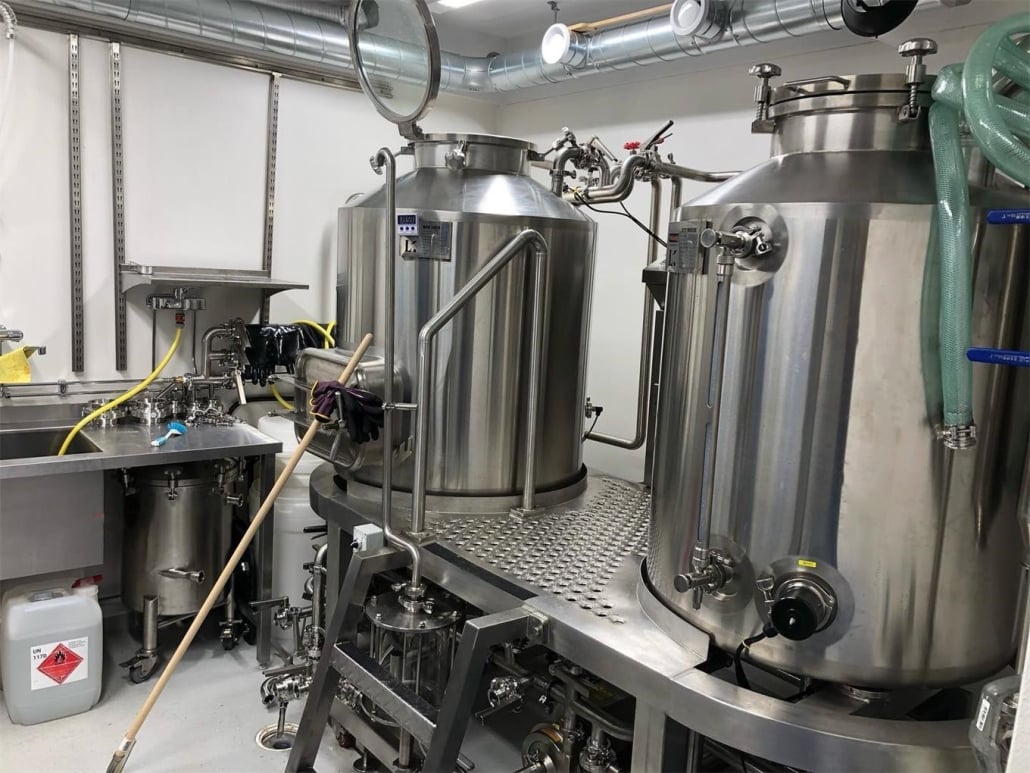
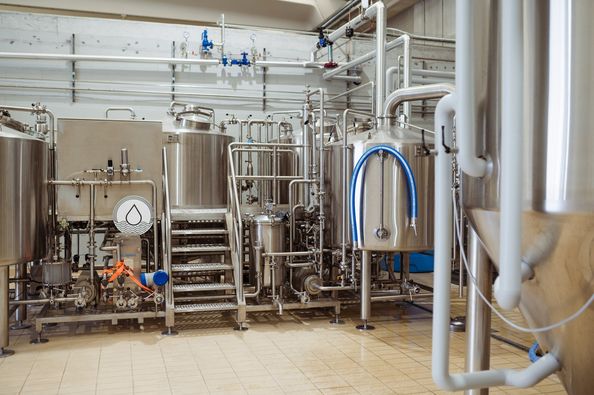
Recommended Brands and Products for Cheap Brewing Equipment
Here’s a handy table to help you choose affordable yet reliable brewing gear:
| Item | Recommended Brand/Product | Approximate Price | Key Features |
|---|---|---|---|
| Fermenter | Food-grade plastic buckets (no brand) | $10-$20 | Durable, easy to clean, lightweight. |
| Brew Kettle | Bayou Classic Aluminum Stockpot | $30-$50 | Large capacity, lightweight, affordable. |
| Airlock and Bung | Fermenter’s Favorites S-Shaped Airlock | $5-$10 | Effective gas release, reusable. |
| Hydrometer | Triple Scale Hydrometer | $10-$15 | Accurate, simple to use. |
| Sanitizer | Star San | $10-$20 | No-rinse, highly effective. |
| Bottling Equipment | G Francis Bottle Capper Kit | $25-$35 | Easy capping, includes tools. |
| Thermometer | Inkbird Digital Thermometer | $10-$15 | Precise temperature monitoring. |
This table is a starting point, but feel free to explore other budget-friendly options that suit your preferences.
Common Channels for Purchasing Cheap Brewing Equipment
Knowing where to buy your gear can save you time and money. Here are some popular options:
- Online Retailers: Amazon, Walmart, and dedicated brewing supply stores often have affordable options.
- Secondhand Sources: Craigslist, Facebook Marketplace, and local buy/sell groups frequently list used equipment.
- Homebrew Shops: Local stores may offer deals or advice on assembling a cost-effective brewing setup.
- Community Groups: Check out brewing clubs or forums. Many members sell or trade equipment at great prices.
- DIY Shops: Stores like Home Depot or Lowe’s carry materials you can repurpose, like buckets and tubing.

FAQs
| Question | Answer |
|---|---|
| Can I make quality beer with cheap gear? | Absolutely! Proper techniques matter more than expensive equipment. |
| How much should I budget for starting? | You can start brewing for as little as $50-$100 with basic equipment. |
| Are plastic fermenters safe to use? | Yes, food-grade plastic is safe and commonly used by homebrewers. |
| Where can I find free brewing equipment? | Check local community boards, forums, or ask friends for unused items. |
| Is it worth upgrading later? | If you’re committed to brewing, upgrading can improve efficiency and scale. |

